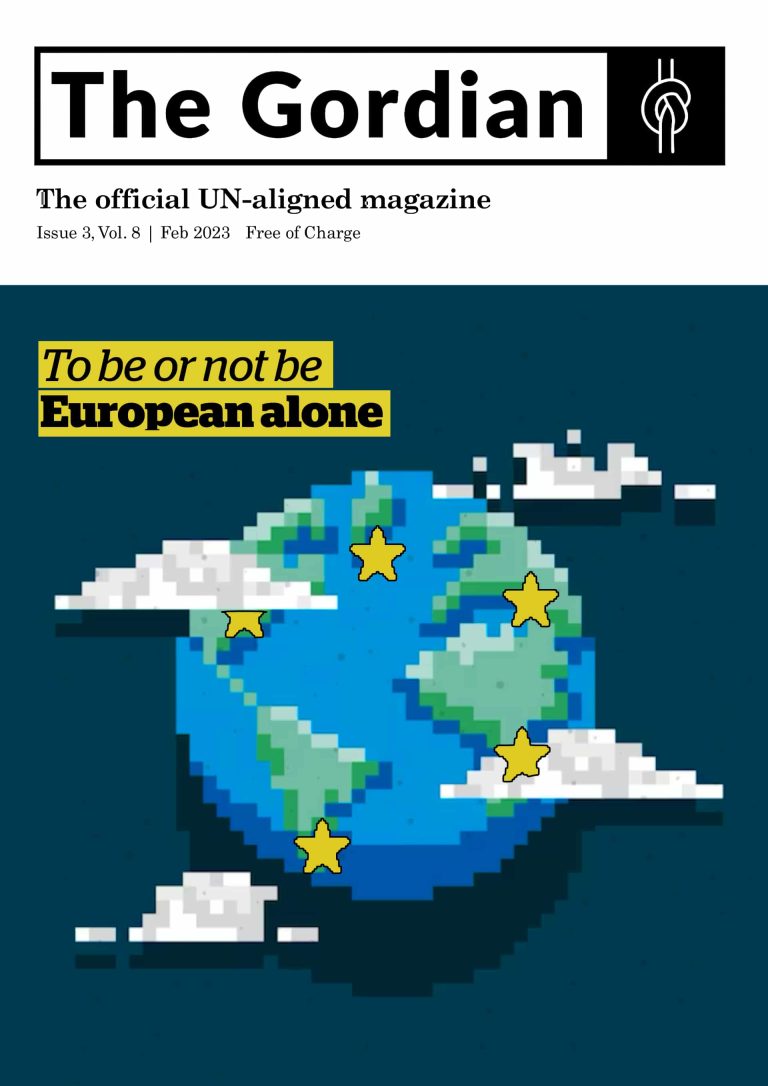Wimoweh / The Lion Sleeps Tonight, Memoirs of a Geisha, Karlie Kloss wearing a Native American inspired headdress at the Victoria’s Secret fashion show. Miley Cyrus twerking.
The list could be filled with other, more ordinary affairs such as costume parties, authentic Chinese food, yoga, cornrows, ethnic fabrics or chopsticks as hair sticks. The list of examples of cultural appropriation is so long that it became an activity itself to google what kind of results are given for cultural appropriation combined to any non-Western element.
What is cultural appropriation?
Cultural appropriation is broadly defined as the use of a culture’s elements by a member of another culture. According to scholars, cultural appropriation covers much more than a list of easily recognisable symbols, artifacts or rituals.
It includes the portrayal of minorities or cultures, their activities, experiences, distinctive artistic styles and the possession or acquisition of cultural objects by ‘outsiders’ (people and institutions). It is mostly used to describe an offensive act towards the members of the culture being appropriated.
I first came across the term during my studies on ethnomusicology. Nowadays it seems to be a useful term to describe the fashion industry’s latest trends ripped from the world’s wardrobe or the cultural appreciations gone bad by celebrities.
While the concept sounds like a fashionable way to boost our socially conscious self-esteem, its roots lie somewhere else than in the hunt for the culturally unrespectful thefts among us. It derives from the underlying societal power relations, particularly from the silenced voices of indigenous groups in postcolonial capitalism.
What is the harm?
History isn’t pretty and neither are the stories behind many of the practices we engage in. The celebration of multiculturalism may be a celebration for only some of us. Cultural appropriation is unavoidable but the acts of appropriation are not equal. Voluntary and free exchange of cultures can lead to creativity and more profound cultural understanding.
Another type of appropriation builds on the dominant-subordinate setting, where the dominant party takes the good parts of the subordinated group’s elements presenting them as their own, using them for their own benefits, leaving the other party without any compensation for it.
The problem lies in the controversy of a person, often of white race, being able to pull off a traditional costume or hairstyle of another culture at the same time that the person of that very culture faces discrimination by carrying out their cultural traditions. Moreover, the person representing the dominant culture can throw away the fun accessory anytime they want.
Why not the headdress?
I’m not going to tell anyone not to wear it. I am quite sure I have worn it. If not the headdress, many other accessories instead. However, from the indigenous people’s perspective this means that while being the objects of years of injustice and assimilation, their forcefully erased cultural elements have become the mainstream entertainment.
The Native American headdress is not the everyday hat but a sign of honor and worn by the most powerful and influential members of the tribe. Wearing fake replicas takes away the indigenous people’s right to determine and protect their traditions, not to mention the most valuable elements of them.
What is culture?
Culture is not defined by ethnologists and folklorists as a solid and stationary unit. It is, instead, a way of life of people that changes through dialogue and interactions – hybrid and mobile by nature. It is similarly difficult to determine the ownership of a culture or cultural elements of an essence that is collectively produced. Perpetually changing culture is not an excuse for sweeping the concept of cultural appropriation under the carpet.
Insiders and outsiders
Another problem rises from the division to cultural ‘insiders and outsiders’. Cultural bordering can lead to grouping, which is prone to biased judgments as the social approach theory suggests. On the other hand, Erich Hatala Matthes argues that to define cultural membership in a sustainable way is highly problematic, suggesting that rather than group memberships, the focus of cultural appropriation should be in knowing about the injustice.
That is precisely how the immense and careless usage of the term misleads us. Instead of the rights of the indigenous, minorities or socially marginalised, the focus is on our freedom – freedom of speech and freedom to choose our wardrobe, food, music, hobbies, literature, movies and so on.
Frozen and the Sámi people
As the only indegenous people in European Union, the Sámi people inhabit the northern parts of Norway, Sweden, Finland and parts of the Kola Peninsula in Russia. The first Frozen movie was accused of whitewashing and appropriating the Indigenous Sámi culture by including joik (a traditional form of song) and presenting a white Norwegian looking character Kristoff in a costume similar to that of the Sámi reindeer herder.
The second Frozen movie portrays the fictional Northuldra tribe inspired by the Sámi people. At the making of the second movie the company took a different approach by signing a contract with the Sámi parliaments of Norway, Sweden and Finland, and the Saami Council “to ensure that the content of Frozen 2 is culturally sensitive, appropriate and respectful of the Sámi and their culture”, (quotation from the contract).
This collaboration, initiated by the Sámi people, led to the creation of Verddet, the advisory group of Sámi experts to work with the animation team. The contract also included the production of the dubbed version of the movie in North Sámi language and internships for Sámi filmmakers and animators in the company’s animation studio.
Anne Lajla Utsi, a member of the Verddet group and the managing director of the International Sámi Film Institute has described the collaboration as successful and that the team is “happy about the film as it is”. She points out that international visibility is good for the ethnic group that has been the subject of injustice and discrimination in Norway, Sweden, Finland and Russia.
She also stresses the importance of the dubbed (North Sámi) production, which is also the first big movie production using a Sámi language.
This collaboration with the Sámi people seemed to take an approach that I find more worthwhile than the battle of ownership, appropriate usage of cultural elements and payment (or how to avoid paying). Both parties benefited from the co-operation and the Sámi people’s voice was heard.
Let me leave you with a question: Do we value the humanity behind the culture we appropriate?




















